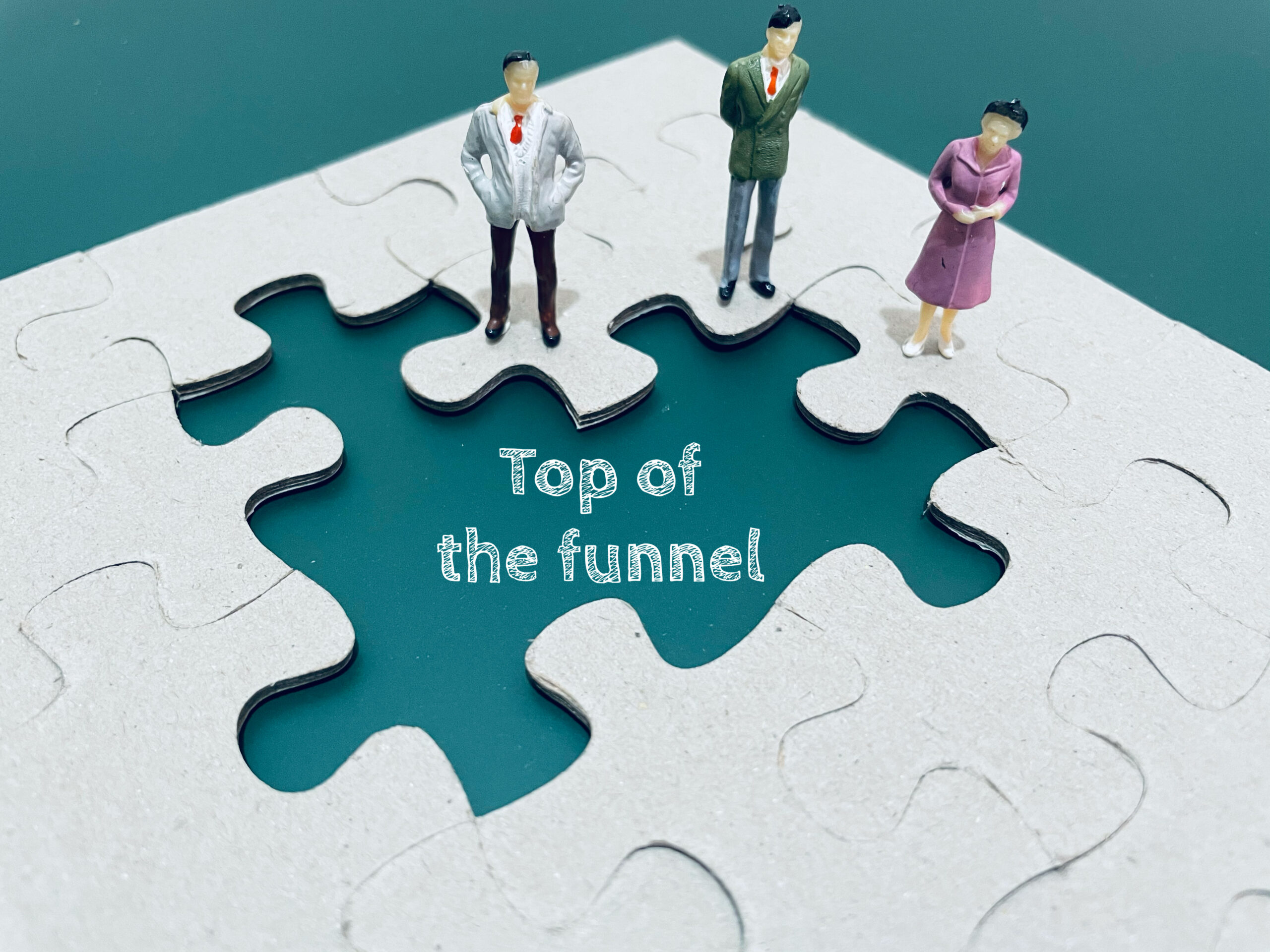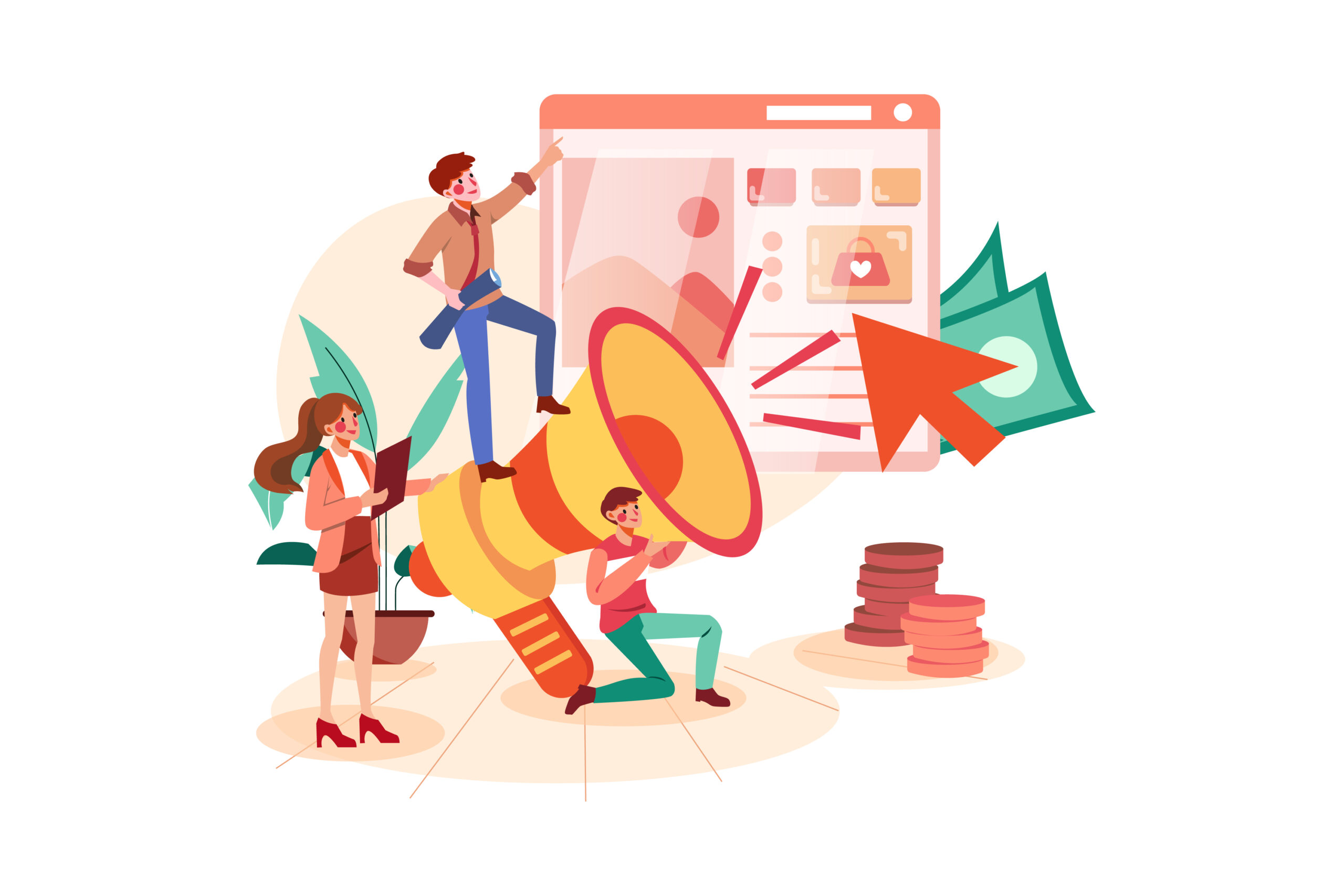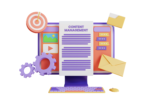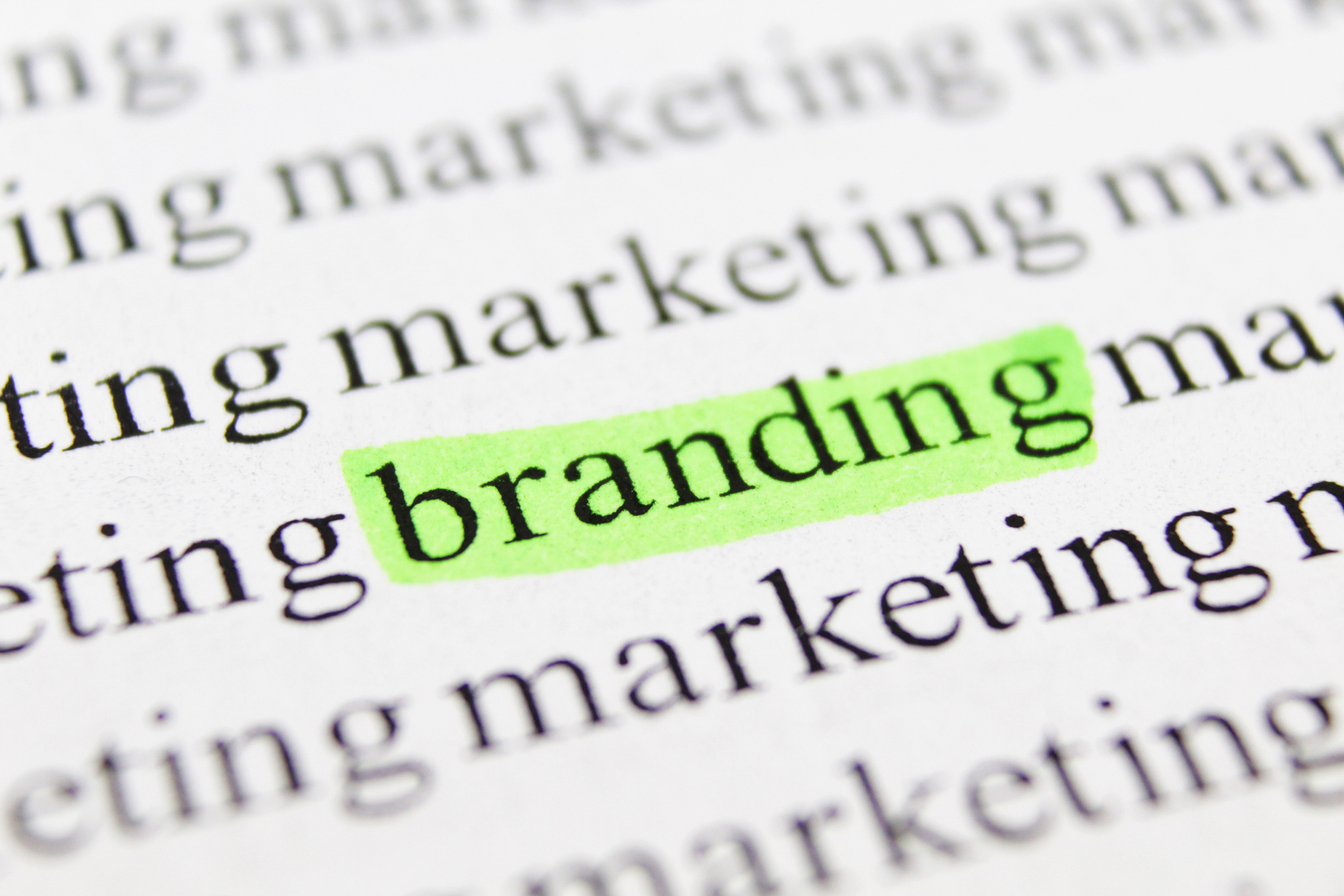Crafting a High-Converting B2B Sales Funnel: Your Step-by-Step Blueprint
In the intricate world of B2B sales, a well-designed sales funnel can be the difference between a trickle of leads and a flood of conversions. But what exactly is a sales funnel, and how can you build one that consistently delivers results? Let’s dive in and uncover the secrets to creating a high-converting B2B sales funnel.
Understanding the B2B Sales Funnel
At its core, a sales funnel is a visual representation of the customer journey, from initial awareness of your brand to the final decision to purchase your product or service. It’s a structured process that guides potential customers through various stages, nurturing their interest and ultimately leading them toward a conversion.
The Typical B2B Sales Funnel Stages:
-
Awareness: This is where potential customers first become aware of your brand and offerings. They might discover you through online searches, social media, or content marketing efforts.
-
Interest: At this stage, prospects express interest in your product or service by engaging with your content, signing up for your newsletter, or attending a webinar.
-
Consideration: Now, potential customers are actively evaluating your offering and comparing it to alternatives. They might request a demo, download a whitepaper, or ask for a quote.
-
Decision: This is the crucial stage where prospects decide whether to purchase your product or service. They might need a final push, such as a discount or a personalized offer.
-
Action: The final stage, where the prospect converts into a customer by making a purchase.
Building Your High-Converting B2B Sales Funnel
1. Define Your Ideal Customer Profile (ICP)
The foundation of a successful sales funnel is a deep understanding of your target audience. Develop a detailed ICP that outlines your ideal customer’s demographics, industry, pain points, and buying behavior. This will help you tailor your messaging and content to resonate with the right people.
2. Craft Compelling Content for Each Stage
Create a content strategy that addresses the needs and interests of prospects at each stage of the funnel. For example:
- Awareness: Blog posts, social media posts, infographics
- Interest: Ebooks, whitepapers, webinars
- Consideration: Case studies, product demos, comparison guides
- Decision: Free trials, consultations, personalized offers
3. Optimize Your Landing Pages
Each piece of content should lead prospects to a dedicated landing page optimized for conversions. Ensure your landing pages have clear calls to action (CTAs), concise messaging, and compelling visuals.
4. Nurture Leads with Email Marketing
Email marketing is a powerful tool for nurturing leads and guiding them through the sales funnel. Segment your email list based on lead behavior and interests, and send personalized emails with relevant content and offers.
5. Implement Lead Scoring
Lead scoring helps you prioritize leads based on their level of engagement and potential value. Assign points to different actions, such as website visits, email opens, or demo requests. This will help your sales team focus their efforts on the most promising leads.
6. Personalize Your Sales Outreach
As leads progress through the funnel, tailor your sales outreach to their individual needs and pain points. Use data from your CRM and lead scoring system to personalize your communication and offer solutions that resonate.
7. Monitor and Optimize Your Funnel
Regularly track your funnel’s performance using analytics tools. Analyze metrics like conversion rates, click-through rates, and lead velocity to identify areas for improvement. Experiment with different tactics and adjust your strategy based on data-driven insights.
Key Tips for Optimizing Your B2B Sales Funnel
- A/B Test Everything: Experiment with different headlines, CTAs, visuals, and email subject lines to see what resonates best with your audience.
- Leverage Social Proof: Showcase customer testimonials, case studies, and reviews to build trust and credibility.
- Offer Exceptional Customer Service: Provide prompt and helpful support at every stage of the funnel to create a positive customer experience.
- Embrace Automation: Use marketing automation tools to streamline your lead nurturing efforts and personalize your communication at scale.
By following these steps and continuously optimizing your funnel, you can create a powerful engine that consistently attracts, nurtures, and converts high-quality leads, driving your B2B sales success.







